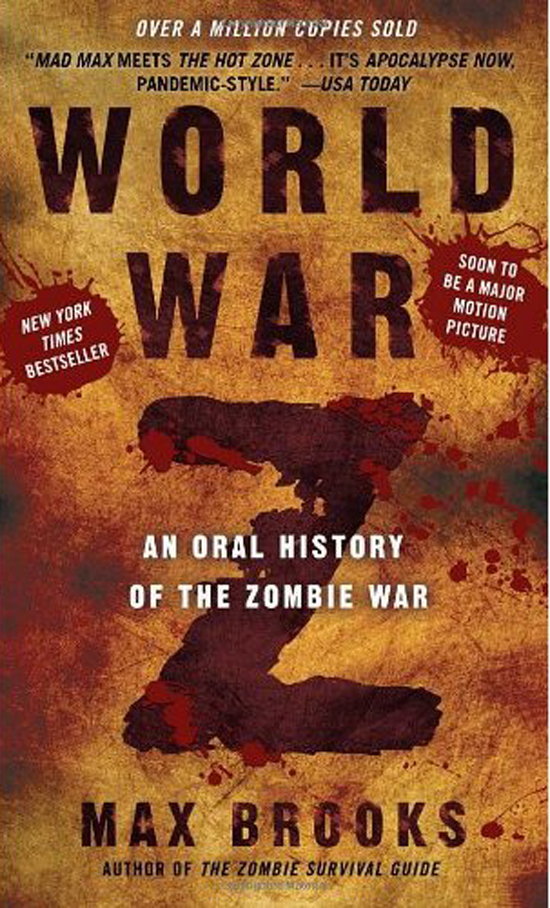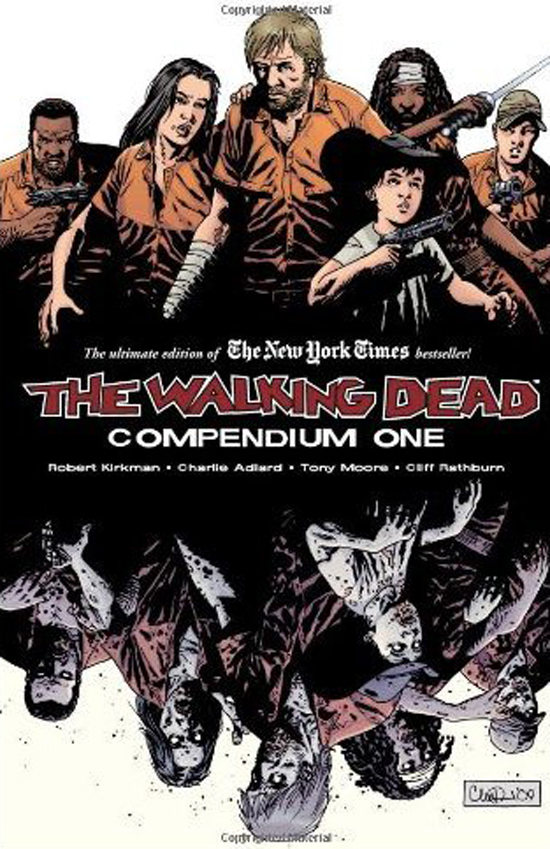
We Stopped Dreaming1
Posted In Blog,Geek,Science
by Damon Martin
“Roads? Where we’re going, we don’t need roads”
~ Dr. Emmett Brown, Back to the Future
Remember the bit in Back to the Future when Doc Brown (played by Christopher Lloyd) utters that very line and flies away in his souped up DeLorean to take Michael J. Fox and his girlfriend 30 years into the future? He takes them to the year 2015, which is only 3 years from now. In Brown’s version of the future, all the cars had been converted to flying automobiles and we had air gliding skateboards, video walls, and instant pizza.
Were some of those ideas a little crazy? Sure they were. But thinking back 30 years ago, those sorts of things almost seemed possible. I mean look at 1985 compared to 1955 with regards to the advancements in science, technology and innovation.
Now in the year 2012, the United States of America is falling behind the rest of the world when it comes to STEM (science, technology, engineering, and math), while our creativity and innovation fails to come up with much of anything new outside of Apple releasing a new iPhone or iPad every year.
Famed astrophysicist Neil DeGrasse Tyson believes that a big reason that America is falling behind innovation-wise is due to the lack of funding the government has given over to NASA in the last several years. As our space program has dwindled so has our ability to think outside the box, and reach for the stars both literally and figuratively.
Tyson recently spoke in front of Congress where he made his case for why NASA’s funding is so important:
“During the late 1950’s through the early 1970’s, every few weeks an article, cover story, or headline would extol the ‘city of tomorrow,’ the ‘home of tomorrow,’ the ‘transportation of tomorrow.’ Despite such optimism, that period was one of the gloomiest in US history, with a level of unrest not seen since the Civil War. The Cold War threatened total annihilation, a hot war killed a hundred servicemen each week, the civil rights movement played out daily confrontations, and multiple assassinations and urban riots poisoned the landscape,” said Tyson. “The only people doing much dreaming back then were scientists, engineers and technologists. Their visions of tomorrow derive from their formal training as discoverers. And what inspired them was America’s bold and visible investment on the space frontier.”
Now Tyson points out very specifically that in realistic terms the reason why the US was so dedicated to the space race in the 60s had to do with the Russians’ own dedication to space exploration. The USSR launched the first manned missions into space and the only way the US could beat them was to land a man on the moon. Obviously that was a successful conquest, and, in the period directly following it, most people believed that within a couple of decades we’d surely have landed a man on Mars. Neil Armstrong first stepped foot on the moon on July 20, 1969, yet more than 40 years later our space exploration has essentially landed back on Earth with a dull thud.
‘We stopped dreaming’ said Tyson during an appearance on the popular HBO series Real Time with Bill Maher. “And so I worry, that decisions Congress makes, doesn’t factor in the consequences of those decisions on tomorrow. Tomorrow’s gone. They’re playing for the quarterly report, they’re playing for the next election cycle, and that is mortgaging the actual future of this nation.”
In that same interview, Tyson also points out that the financial bailout ($850 billion) that was completed to save the banks and Wall Street from complete collapse, is more than the entire 50 year tally of the budget for NASA.
The fact is Tyson is right and it’s not even all about landing a man on the moon or exploring the deepest reaches of space, as amazing as all that would be. So much technology was developed as a result of our race to the moon, and that also created work for millions of Americans. Technology launched or invented because of our out of this world endeavors includes Lasik surgery, scratch resistant lenses, cordless power tools, micro-sized electronics, and the list goes on…
But we stopped dreaming.
Even in the early 1980s when I was in elementary school, kids talked all the time about becoming astronauts and wanting to walk on Mars or being the first person to fly to Pluto. I vividly remember our teachers always showing the shuttle launches and how exciting that was to see for a kid growing up. Now our children’s dreams might take them as far as Washington, D.C. or New York City, but rarely do you hear anybody talking about flying to Mars, much less colonizing the moon.
As NASA’s budget continues to fall by the wayside while other programs flourish, and our war machine eats up billions upon billions of dollars, what dreams are we instilling in the next generation? We are obviously a long, long way from landing on Mars or even sending manned missions back into space. We can barely get funding for the technology that will help us peer far enough into space from earth so that we may one day learn the true origins of our universe.
Flying cars? Maybe Doc Brown should have shot for 200 years in the future given the trajectory we’re currently on.

























